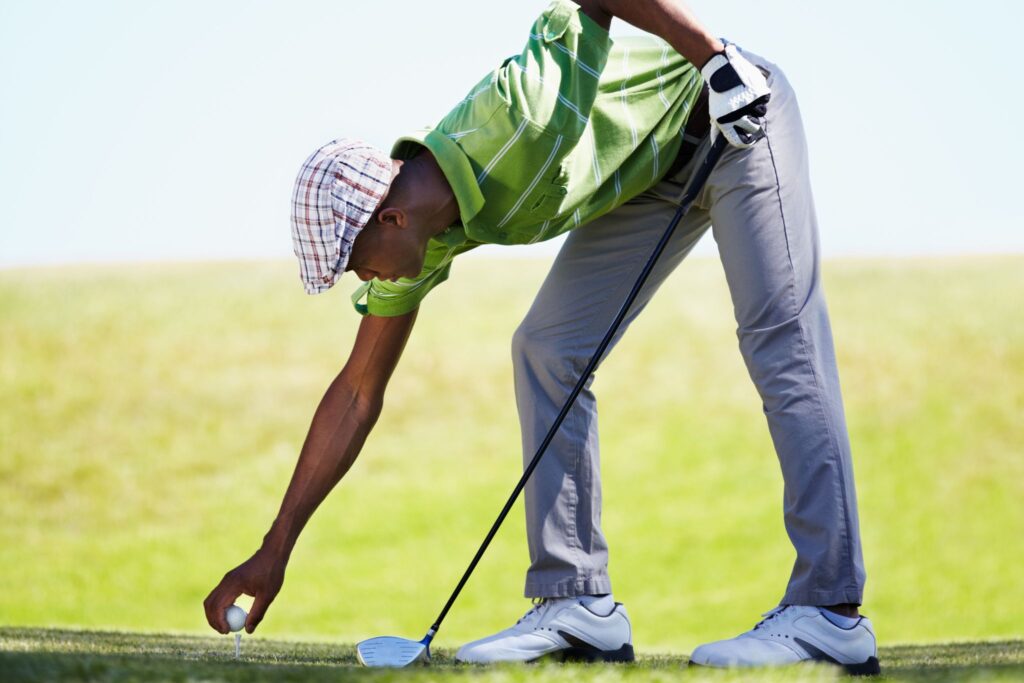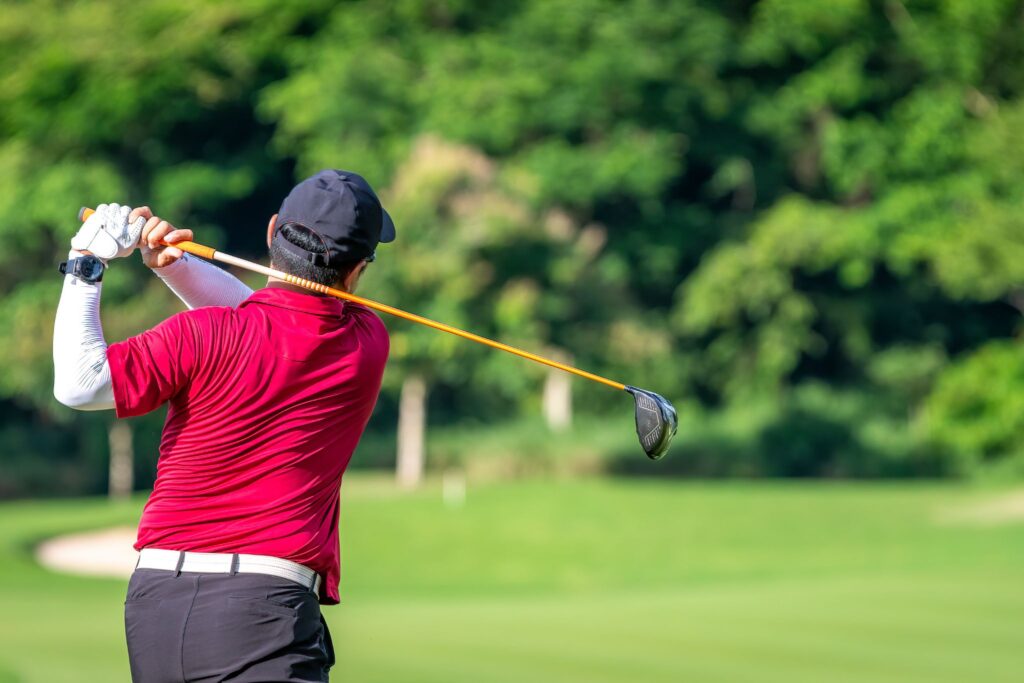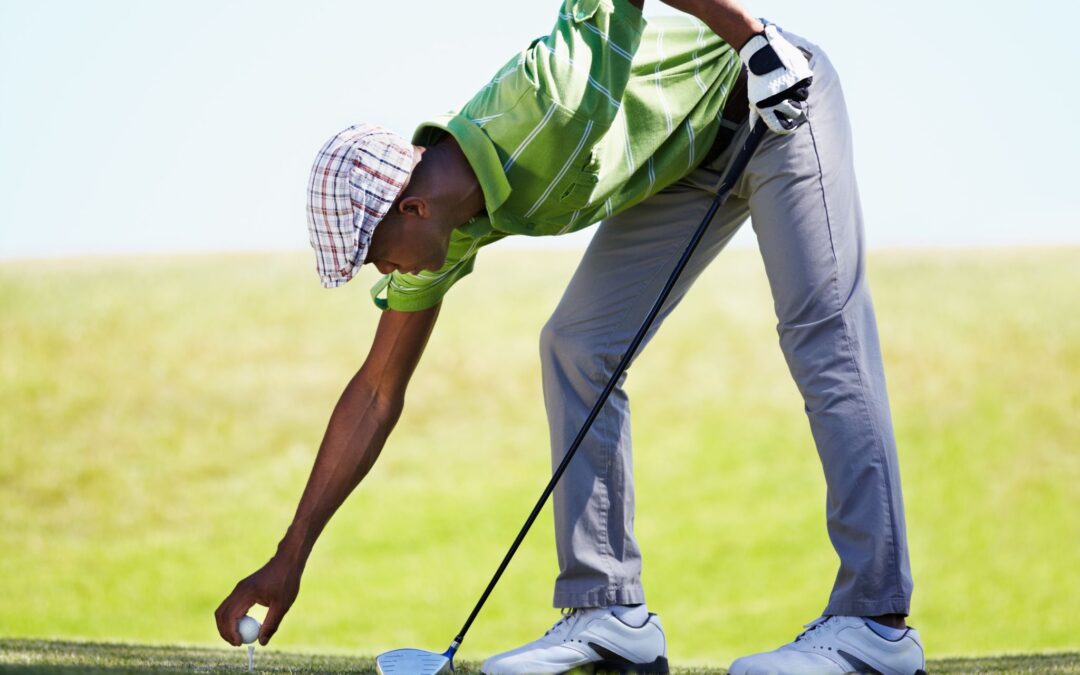
Golf is a sport that requires precision, coordination, and fluid movement, but many players struggle with restricted thoracic rotation, leading to inefficient swings, back pain, and decreased performance. At Family Chiropractic of Clark, we help golfers improve their spinal mobility, rotational mechanics, and overall swing efficiency through targeted exercises, posture guidance, and chiropractic care.
Why Thoracic Rotation Matters in Golf
The thoracic spine, or mid-back, plays a crucial role in a golfer’s swing:
- Facilitates rotation of the shoulders and torso while maintaining pelvic stability
- Supports power generation from the core to the arms
- Helps prevent compensation in the lower back and hips
- Reduces the risk of muscle strain, spinal misalignment, and chronic pain
Restricted thoracic rotation often causes golfers to over-rotate the lumbar spine or shoulders, which increases injury risk and reduces swing efficiency.
Common Thoracic Mobility Issues in Golfers
- Tight upper back muscles (rhomboids, trapezius) limiting rotation
- Weak core and oblique muscles reducing torso control
- Forward head posture from prolonged sitting or poor posture
- Limited shoulder girdle mobility affecting club path and follow-through
These issues can manifest as sore mid-back, shoulder discomfort, or even elbow and wrist pain over time.
For related back conditions, see our Lower Back Pain page.
Pre-Swing Thoracic Warm-Up Exercises
1. Thoracic Spine Rotations (Seated or Standing)
- Sit or stand tall, place hands behind your head
- Rotate your upper body gently left and right
- Perform 10–15 repetitions on each side
2. Open-Book Stretch
- Lie on your side with knees bent at 90°
- Open your top arm across your body like opening a book
- Focus on rotation from the mid-back, not the lower back
3. Cat-Cow with Rotation
- On hands and knees, alternate arching and rounding the back
- Incorporate gentle rotation of the torso
- Enhances spinal mobility and coordination
Strengthening Exercises for Rotation and Stability
Core Activation
- Side planks with rotation: Stabilizes obliques and thoracic spine
- Pallof press: Anti-rotation exercise for spinal control
- Russian twists: Strengthen obliques and rotational power
Upper Back and Shoulders
- Resistance band rows: Strengthen rhomboids and mid-back
- Thoracic extensions over foam roller: Open tight spine segments
- Shoulder mobility drills: Improve arm elevation and follow-through
These exercises help golfers generate power from the thoracic spine while protecting the lumbar region.
Integrating Chiropractic Care for Golfers
Chiropractic care can complement exercise routines by:
- Assessing spinal alignment and thoracic mobility
- Providing gentle adjustments to improve rotation and posture
- Reducing muscle tension and compensatory movement patterns
- Supporting injury prevention and performance enhancement
Schedule a consultation at Family Chiropractic of Clark for a personalized evaluation and swing-friendly care plan.

Swing Tips to Protect Your Spine
- Maintain neutral lumbar spine while rotating the torso
- Use controlled rotation, not excessive twisting, especially at impact
- Focus on hip-shoulder separation for power without back strain
- Adjust stance width and ball position to optimize mechanics
Combining strength, mobility, and spinal care allows golfers to swing smoothly, safely, and efficiently.
Lifestyle Habits for Golf Spine Health
- Warm up before every round or practice session
- Include thoracic and hip mobility drills in your routine
- Limit prolonged sitting and practice good posture habits
- Use ergonomic clubs and equipment to reduce strain
- Cross-train with yoga, Pilates, or swimming to enhance flexibility and stability
